The throttle body is an important part of your car’s engine. It controls how much air enters the combustion chamber at any given time.
This helps determine how much fuel (gasoline) is injected into the air/air mixture in order to achieve a desired level of power output from your engine and also control idle speed and torque converter slip.
There are many reasons why you might have trouble with your throttle body such as worn out or broken parts or even just dirt buildup on your throttle plate or in your intake manifold.
So, can you drive with a bad throttle body?
No. In most cases, this is the answer.
As soon as it starts showing signs of going bad or getting clogged, you should address the problem immediately. Alternatively, the vehicle may stall or fail to accelerate, posing a safety risk.
A mechanical or an electronic throttle body assembly is located between the air filter and intake manifold of the engine. Most cars have a single throttle body, but some engines (usually those with twin turbochargers) have two.
You’ll be able to make better and longer-lasting decisions when it comes to car throttle body repairs if you understand the symptoms.
Can I Drive With A Bad Throttle Body?
Depending on the problem, either stuck closed or stuck fully open would be a rather annoying and potentially very dangerous situation. The engine will not run if you have an error code, and you cannot run the engine, so driving is difficult.
The vehicle may still operate within reason with a warning light on the dashboard, so driving for a bit may be okay, but it may not be a good idea to continue driving it without expert advice for the time being. There is a possibility that it is a loose wire or that the car has a known problem.
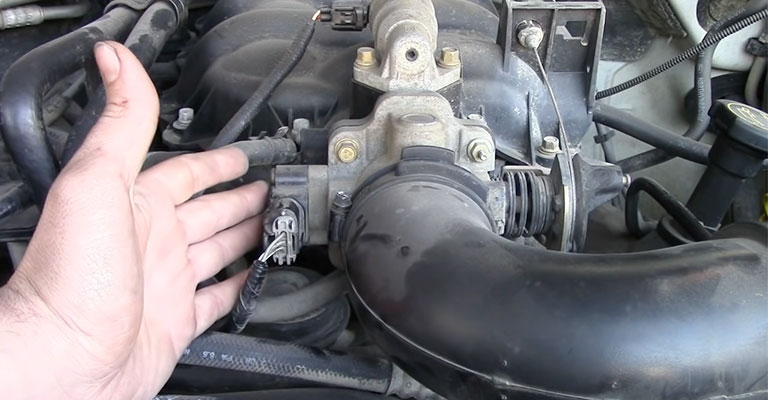
It’s not uncommon for some cars to go into “limp mode” if they receive certain warnings. It is possible that you won’t get full power, or the car may limit itself to 40 mph or something similar.
Getting home or to a place that can fix the problem is possible, but it isn’t suitable for driving for extended periods of time.
Symptoms Of Bad Throttle Body
A throttle body is responsible for controlling the amount of air that enters your engine. It may even prevent your car from starting when it goes bad. You should diagnose a bad throttle body as soon as possible in order to have it fixed as soon as possible.
You may find that your car stalls, runs rough, and/or lacks power if the throttle body is not functioning properly. An overview of the common symptoms of a faulty throttle body can be found below.
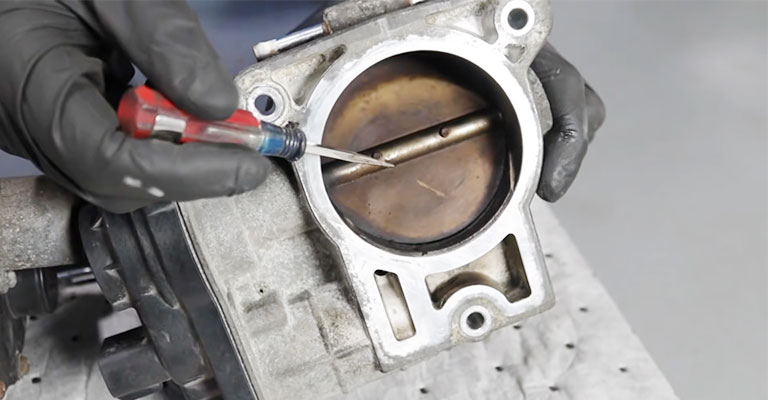
In most throttle body systems, a special warning light (wrench or throttle body shaped light) will illuminate after detecting a fault, and the throttle will be restricted to half or not opened at all once the fault has been detected. There is no doubt that you will notice this.
A Reduced Power Warning Message Appears On The Dashboard
Vehicles made by General Motors, particularly those with ETC problems, will display a warning on the dash saying, “Reduced Power”.
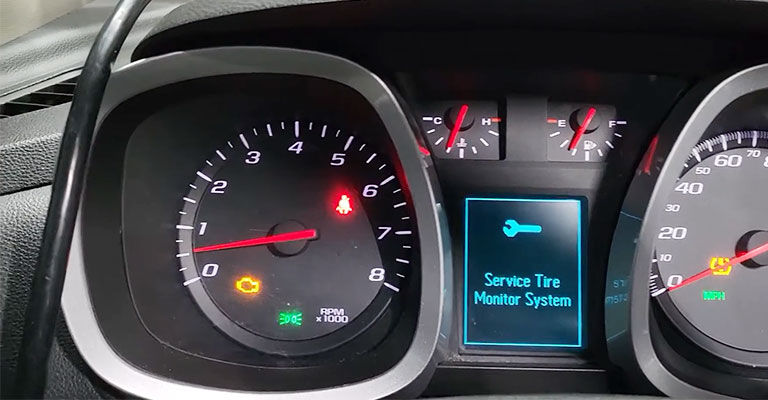
The Check Engine Light Is Illuminated
The check engine light will illuminate when the control module detects a problem with the throttle body (or a problem caused by the throttle body).
Rough Running
An engine’s air/fuel mixture might be disrupted by a faulty throttle body, leading to rough running and misfiring. However, this is a pretty rare occurrence.
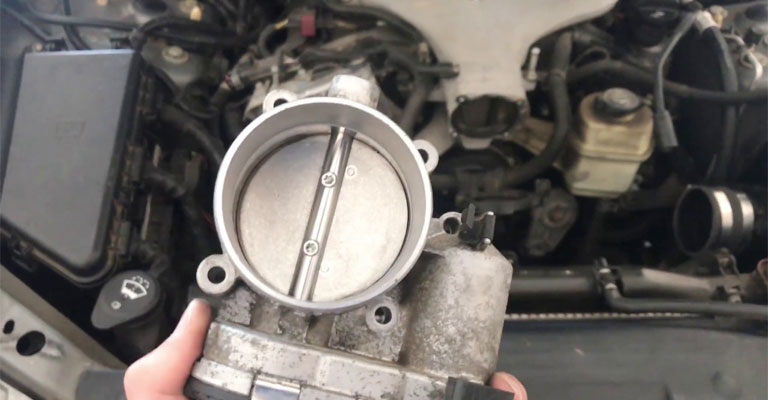
Idle Instability
It is also possible to have an unstable idle due to problems with the throttle body. During idle, the PCM calculates airflow through the throttle body based on a predetermined amount.
It is possible for the engine to fail to idle properly when that predetermined value isn’t met. An unstable idle can also be caused by a problem with the idle air control valve, which is usually mounted on the throttle body.

Stalling
As a result of the significant amount of steam floating around in the intake, sludge can build up around the edges of the throttle plate as well.
In cable operated systems, this blocks airflow and/or causes the throttle to stick closed, so the pedal won’t yield at first but suddenly pops loose when you press the throttle.
As a result of the sudden acceleration, a runaway situation may occur if it happens in reverse.
What Happens When You Have a Bad Throttle Body?
All of the problems mentioned above can be caused by a bad throttle body. The failure of a throttle body can also result in lower fuel economy and even damage to other components, such as the catalytic converter, if left unattended.
The throttle body doesn’t always need to be replaced if it’s acting up. If dirt and carbon deposits have built up on the throttle body, you may be experiencing dirty throttle body symptoms.
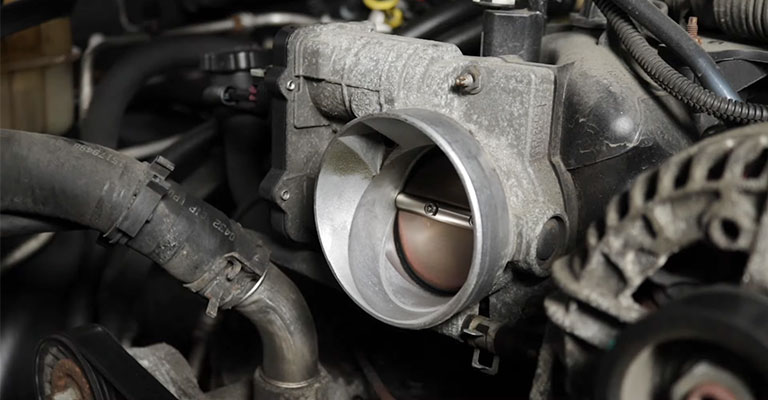
The throttle body needs to be cleaned in such a situation so that it will function properly.
When A Throttle Position Sensor Fails, How Long Can You Drive?
Until you arrive at the location of repair. When you have a bad throttle position sensor, it is difficult to prescribe a precise driving duration. Due to the ability for the car to accelerate without stepping on the gas, it stands a good chance of doing so.
Imagine what would happen if this happened on a busy road. As a result, you should drive slowly and carefully to your nearest mechanic or to your regular mechanic.
The Bottom Line
You may not notice an engine problem when you have a bad throttle body. The intermittent misfires, however, will continue to occur and will gradually worsen. Due to the fact that the missing cylinder will still receive fuel, this may also affect other parts.
As raw unburned fuel, this fuel can only exit the exhaust as raw unburned fuel, damaging the catalytic converter. As a result, this fuel will end up in the oil with the oil, which in turn causes the oil to break down.
When this happens, the oil is unable to protect other key parts of the engine. It would be best if you had an expert mechanic come to your home to diagnose and repair the misfire.

Leave a Reply